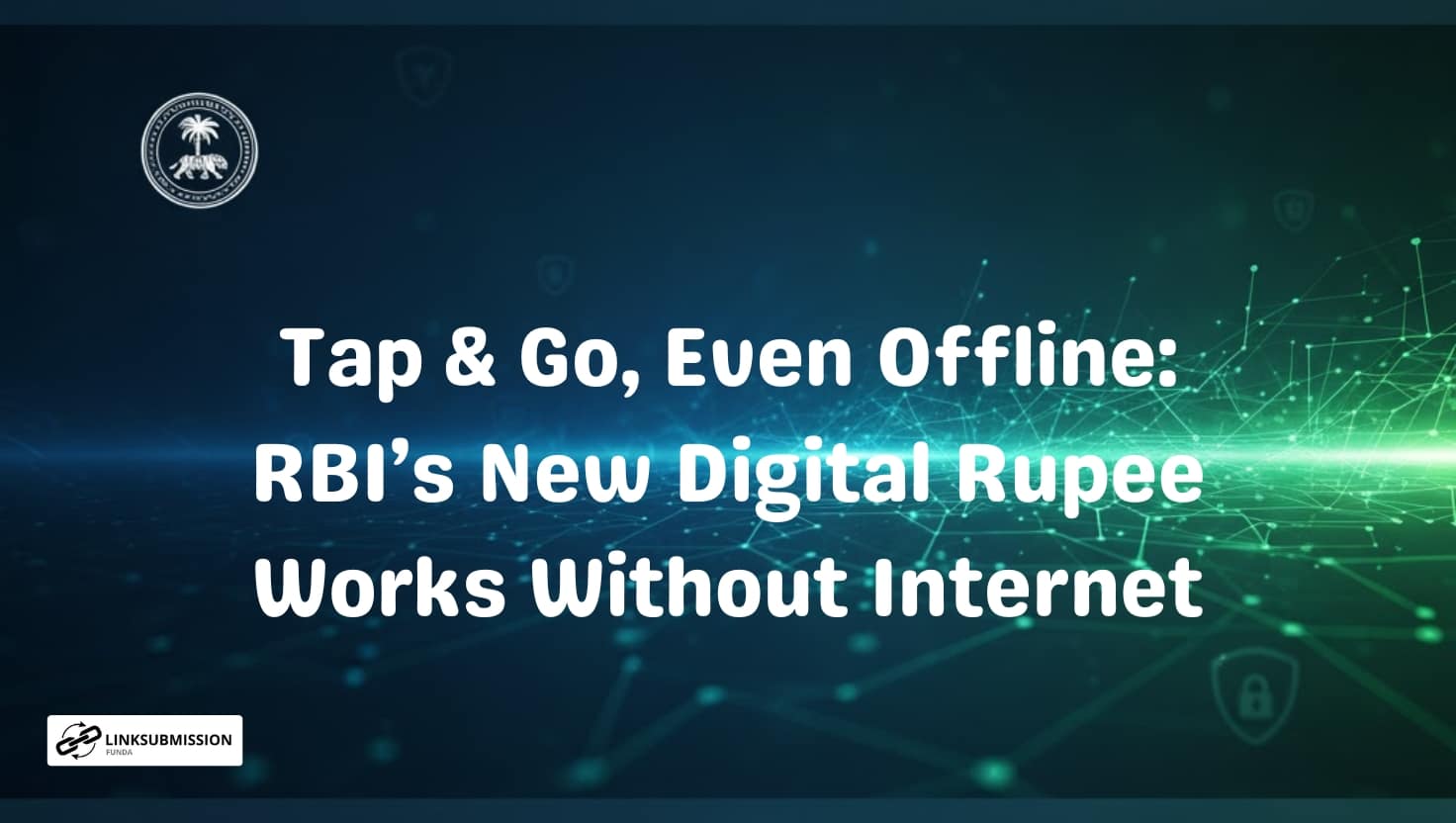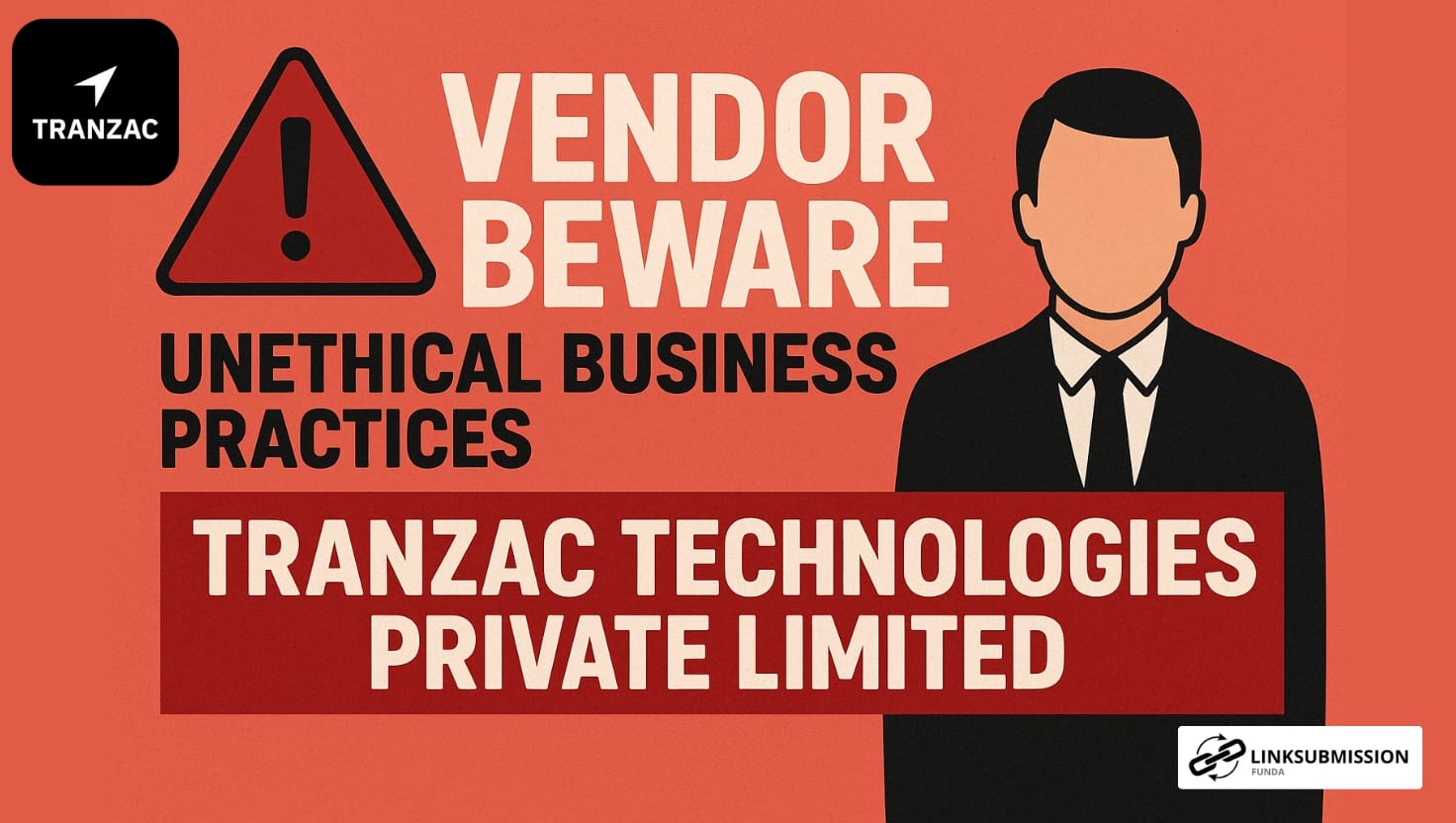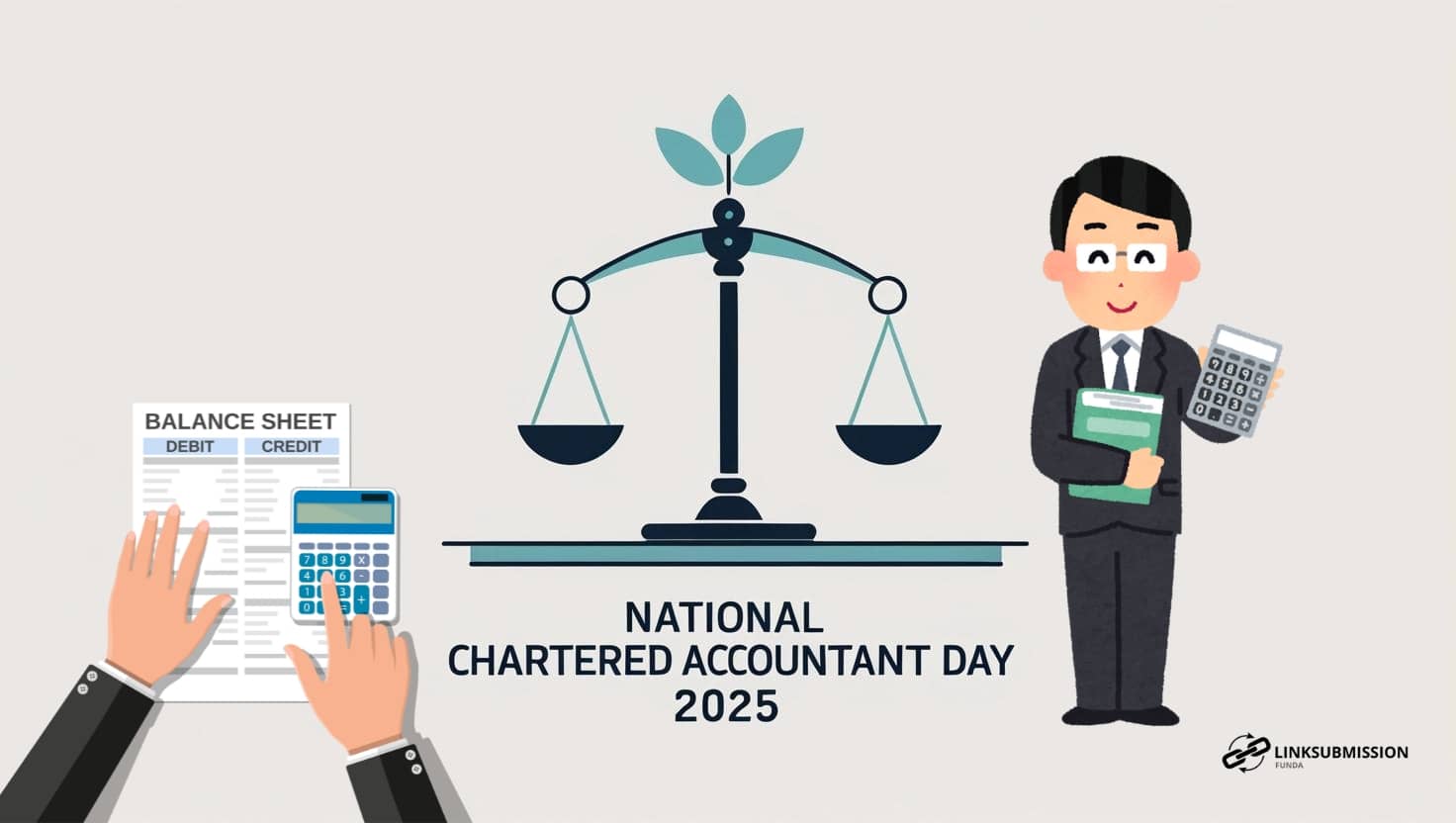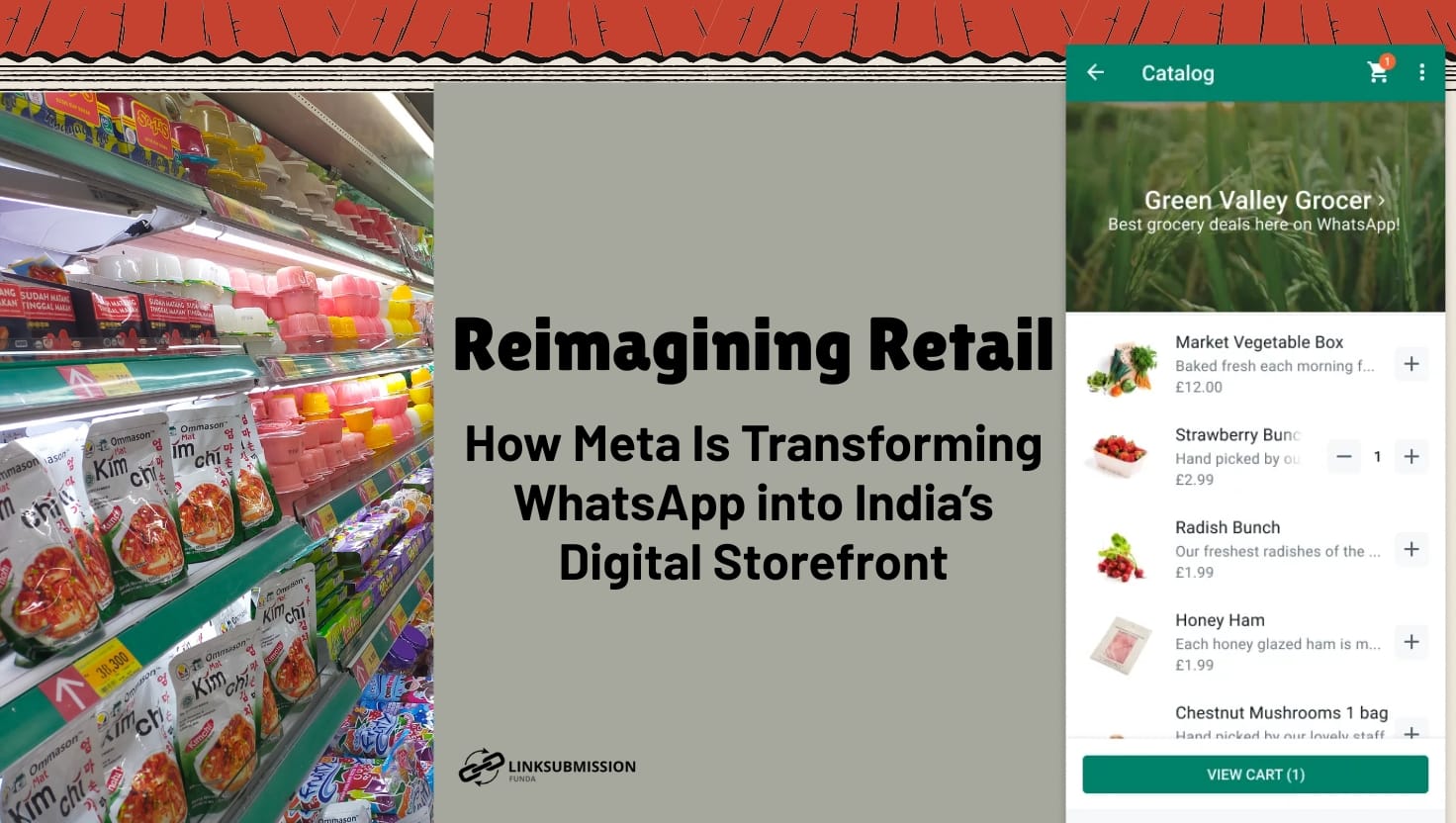In a bold stride toward bridging the digital-divide in India’s payment ecosystem, the Reserve Bank of India (RBI) has introduced an Offline Digital Rupee — a version of its central bank digital currency (CBDC) that allows users to make transactions even without internet or telecom connectivity. At the Global Fintech Fest 2025 in Mumbai, RBI, in collaboration with select banks, unveiled this next frontier in payments: “Cash, but Digital.”
What is Offline CBDC, and why now?
Until now, India’s retail CBDC (also known as e₹) functioned only when devices had network access. While that allowed instant transfers through digital wallets, it left out places where connectivity is poor or non-existent. The new offline variant changes that: it enables peer-to-peer (P2P) and person-to-merchant (P2M) payments even in network-dead zones, using secure proximity tech like NFC or QR methods.
In effect, you could imagine paying for a cup of chai in a remote mountain village by simply bringing two devices close and tapping — just like exchanging cash, but digitally.
The RBI claims offline CBDC will be cheaper, faster, and more reliable than UPI in low-connectivity settings, because it cuts out intermediaries, routing steps, and dependency on continuous network connectivity.
This development is part of RBI’s Programmable CBDC (PCBDC) agenda, which not only allows offline usage but also introduces “programmable” money — smart rules baked into digital rupee usage. These rules could include expiry dates, usage restrictions, geo-fencing, or merchant categories (for subsidy disbursement, social benefits, etc.).
How does offline CBDC work?
Here’s a simplified sketch:
- Wallets & Onboarding
Users will hold e₹ tokens in their digital wallets (offered by banks or non-bank entities) just as before. - Proximity Transfer
When you pay someone or a merchant, the transfer happens directly between the two wallets via NFC or QR, without requiring network confirmation or routing through central servers. - Instant Settlement & Change
The transaction is final and irreversible (like cash), with “change” automatically handled in the wallet — for instance, if you buy something worth ₹15 but your wallet only has a ₹20 token, ₹15 is transferred and ₹5 remains (returned) to your wallet. - Security & Reconciliation
Even though the transaction is offline, safeguards (cryptographic checks, tamper-proof wallet modules, periodic sync, etc.) ensure the integrity of funds and prevent fraud. (RBI is experimenting with various technical solutions behind the scenes.)
In other words: you tap, it transfers, and you’re done — no network, no lag, no middlemen.
Benefits worth noting
- Inclusion in remote & underserved areas
Rural, hilly, forested or otherwise off-grid regions will be able to access digital payments as easily as city dwellers. - Reliability during network outages
Even when telecom networks fail (due to natural disasters or infrastructure issues), payments can continue. - Lower costs & friction
By avoiding intermediaries and routing, the cost per transaction may drop, especially for micro-transactions. - Programmability for policy use
Welfare or subsidy payments could be programmed to be used only for certain goods, or valid only within a time window or geography. - Interoperability with UPI/QR
The offline CBDC will still interface with existing QR/UPI infrastructure when online, enabling a smooth transition.
In short: it marries the convenience of digital payments with the accessibility of cash.
Challenges & next steps
It won’t be smooth sailing:
- Technical robustness & security
Offline transfers must be absolutely secure, even without continuous central oversight. - Device standards & compatibility
Not all phones/devices may be equipped to support NFC or proximity transfers, so adoption may require hardware upgrades or standardization. - Reconciliation & auditing
Banks and regulators will need ways to sync offline wallets with central ledgers when devices come online, resolve mismatches, and prevent fraud. - Adoption & trust
Users must trust that their offline transactions are as legitimate and safe as online ones — building that confidence will take time. - Scale logistics & rollout
The pilot phase will need to be managed well; only after rigorous testing can a broader rollout be contemplated.
Indeed, RBI is continuing this in pilot mode and assessing outcomes carefully.
What this means for you — and how to prepare
- Check if your bank supports e₹ wallets
If you already have (or will get) a digital rupee wallet, keep an eye on updates about offline mode. - Update your apps & devices
When the feature rolls out, ensure your wallet app is updated, and that your phone/hardware supports NFC or required protocols. - Try it when possible
During pilot phases, experiment with the offline mode (in safe settings) to get familiar. - Use digital rupee where feasible
As more merchants adopt the infrastructure, you’ll be able to pay even in remote markets where other digital methods fail.
Final word
With the introduction of Offline CBDC, India is aiming for something rare: cash-like convenience in a digital world. By enabling payments without network connectivity, RBI is pushing the boundary of what a central bank digital currency can achieve — making it accessible across geographies, resilient to disruptions, and powerful enough to support programmable money for public policy.
For the millions living in connectivity shadows, this move could mark a turning point — the digital age, finally reaching even the remotest corners.





